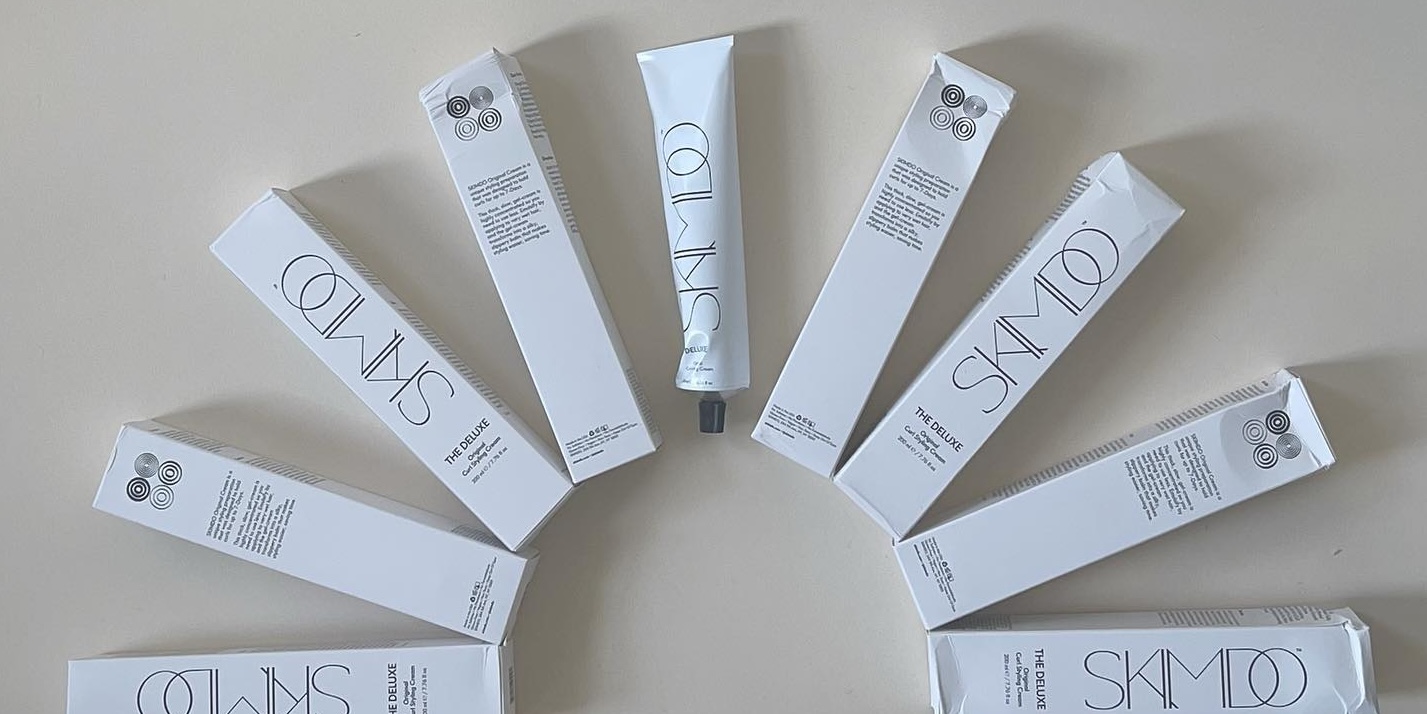
Skimdo Founder Kimberley Cowans Talks Free Samples And Why She Turned Down Sephora
Kimberley Cowans refers to her 10 year old brand Skimdo as a “personal healing project that snowballed into a business.” She was bullied for having curly, textured hair growing up and her hero product, Original Cream—a leave-in conditioner, gel, treatment and serum all in one—was a way to take back her power. The name is a combination of her childhood nickname, Skim, combined with ‘do for hairdo. “It was really a love letter to my childhood self,” she says about the brand.
Cowans has grown Skimdo slowly and thoughtfully over the last decade, bringing the business from her hometown of London to New York in 2016 and undergoing a formula and packaging makeover in 2020 to make the one product brand more sustainable. Its since caught the eye of hairstylists like Vernon François, Rubi Aguilar Jones, April Kayganich and Rachel Bodt as well as the interest of retailers.
Ahead, we chat with the founder about her preferred distribution strategy, guerrilla marketing and building Skimdo from the tender age of 17.
Why is Skimdo something that you wanted to put out into the world?
I actually created it for myself when I was 18 and didn’t put it out into the world until I was 27 or 28. The inspiration was definitely the fact that I discovered who I was when I was 17. Most of my life, up to that point, I was bullied about the way that I looked different to everyone else, and my hair was a very clear target. What I ended up doing with it was hiding it in buns, scarfs, head wraps, anything I could find to put it away so it was never brought up or targeted.
I went to Brazil when I was 17. Our first day, when we woke up in Rio, we went down to the beach and I saw the most unbelievably beautiful women. What really struck me and what really moved me was that they were wearing their natural hair out and they were proud of it. I’d never seen that in my life at that point, women who looked like me wearing their complete natural identity with such pride.
I was growing up in London at the time, and girls who looked like me were straightening their hair, wearing blue contact lenses, everything to get more towards an acceptable ideal of identity, and probably they were bullied as well. I saw these women and I turned to my friend and I said, oh my God, I want to be like that. So three weeks in Brazil and, by the last week, I was in transformation. I was more physically confident, my hair was out, I was feeling very free and very good. I made a promise to myself that I was going to try and hold onto this confidence, this regard for myself, this feeling I had in Brazil.
What came next?
When I got back to London, I realized that the thing that I needed to create to keep that feeling had to do with my hair because it was where I held the most shame. At 17 years old, I worked very secretively, very consistently, feverishly on creating a hair product that would make me want to wear my hair out.
Over the course of this year of home cooking, formulating, mixing, experimenting, I realized that…I needed it to last a long time in my hair. I wanted to participate in the things that my friends were participating in so easily, whether it was camping or a festival or sleeping over at someone’s house, which I never wanted to do because I didn’t want anyone to see my hair or to deal with my hair or anything like that. So I realized I needed to create something that allowed me to feel not just active, but something even bigger than that, which is the freedom to say yes.
Within a year, when I was 18, I hit the nail on the head. I mixed something together, I threw it in my hair as usual and went about my day. I walked past myself and looked in a reflection of a shop window, and I was like, oh my God. From that moment to now, I’ve not had a bad hair day, and I’m 40.
Were you in school at the time?
I was working in architecture and I got laid off in 2009 when there was a huge economic crash. In 2010 I hired a team of chemists to turn my personal product into a stable formula that was non-toxic. I also realized that I wanted packaging that didn’t exist in my sector.
We got paid handsomely for being laid off and I was sick of working for other people anyway. But at the same time, I had a lot of energy to be cavalier. I was like, you know what? I’m going to make this product and everyone’s going to have amazing hair and we are going to overtake the people that have straight hair in terms of beauty and desirability.
How did you go about conceptualizing Skimdo?
A big factor to designing the packaging and the overall ethos of Skimdo was the language. I grew up with packaging and copy that programmed my brain to believe that my hair was damaged and dry and dull and difficult and a nightmare. So when I created Skimdo I said there’s going to be absolutely no negative copy on this packaging throughout this brand.
That was definitely the first of its kind in two ways: One being minimal packaging in a maximalist sector, and two being copy that never mentioned the word frizz or damage. I launched in 2013 with a really cool campaign featuring a friend of mine at the time called Twigs who went on to become FKA twigs. We met around the time I was doing R and D and I had some samples. I said, do you want to try this? She tried it and she was like, I feel like you made this for me. I said, well, I made it for me, but I also realized that there are many mes out there.
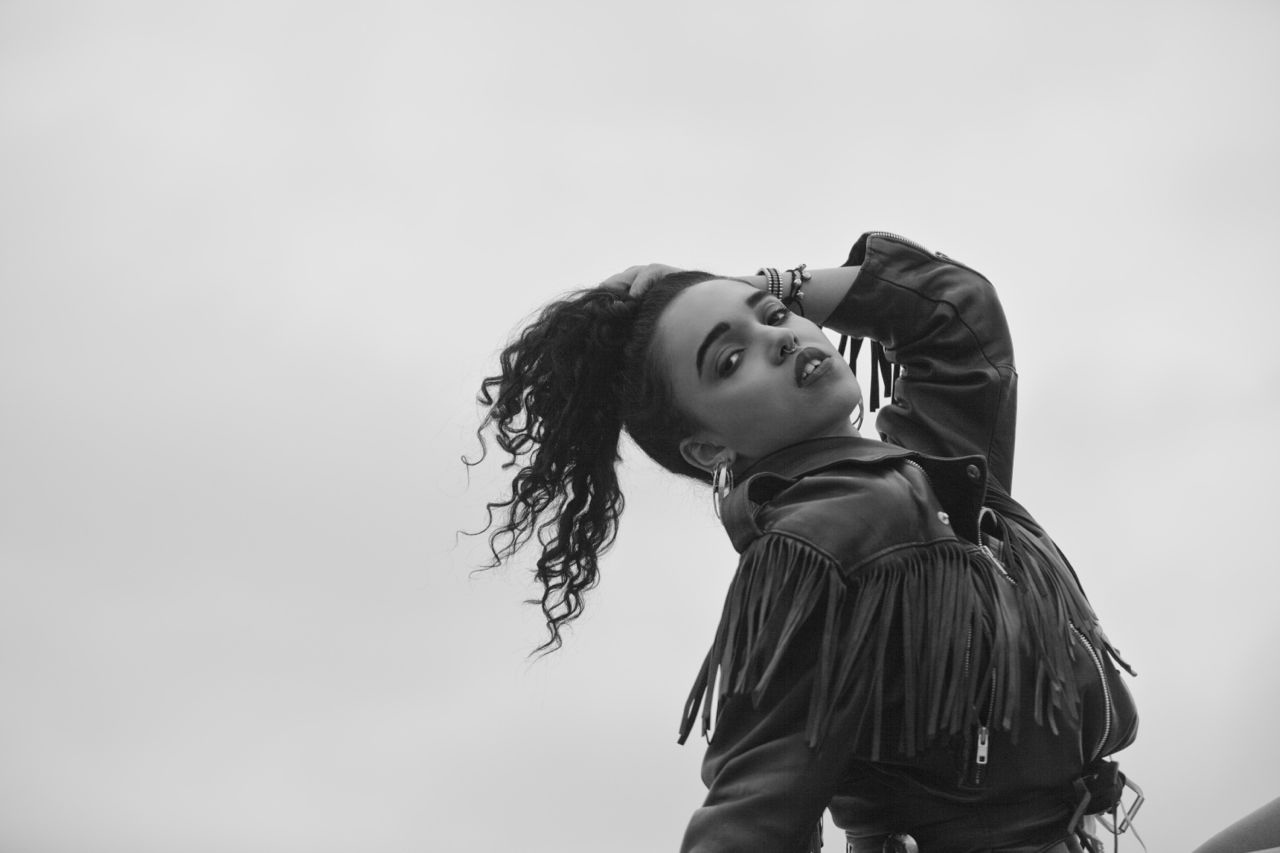
You launched it in 2013 in London, when did you bring it to the US?
Within that year, the U.S. was already buying it and I was spending a lot of money on shipping. In 2014, I trademarked it in America with the plan to come here at some point and find distribution. Initially, I had people selling it exclusively, but that relationship didn’t go well. I came here in 2016 to check it out and eight years later, I’m still here.
I closed the company down in the UK and the full operations switched in 2020. We’re still making it in England, but our HQ is in New York. During 2020, I basically changed the whole company except for the branding. I reformulated to make our formula as botanical and biodegradable as we could get it with the same efficacy. I changed the packaging to be infinitely recyclable, so it’s now in aluminum.
After I did that, I won some awards, which was fantastic. First was the Glossier Grant, and then an Allure Best of Beauty, which was lovely to receive. We also lost so many customers when we changed the packaging and the formula. It’s tough when you want to do something better for the planet, you realize that not everyone cares. We have so much attached to our hair, and specifically I’m talking about textured hair. So much trauma, so much hope, so much promise. It’s identity, heritage, there’s so much attached to it. I took that risk hoping that people would trust that I was going to do my very best to keep them in that state of healing and acceptance and pride.
So, I lost a lot of customers in that swivel, but we’ve won so many more back and some have come back after seeing what other people think of it. Not only that, but it’s caught the attention and the desire of people I didn’t specifically make it for. People with wavy hair or even straight hair who didn’t even realize they had wave to it. They’ve been using it and discovering that they have body…and they’re really enjoying it.
What prompted the refresh in 2020?
I went to the New York Times Sustainability Summit at the end of January 2020. I’d already spent two years cruising packaging expos for the next logical containers for Skimdo going forward because of how glaringly obvious it was that producing new plastic containers would be a very uneducated decision. During the summit, Céline Semaan, Slow Factory co-founder, posed a question to the audience coupled with a very solid fact. She said, ‘Does the world need your brand? Because everything we make is either food or poison for the Earth.’
I wrote the question down. Does the world need SKIMDO after all? It was healing, it restored confidence, made people happier, nicer, more successful and kinder. It made hard lives easier. It gave my community the ability to show off their pride in heritage. It gave me an income and a purpose. The answer was, yes, the world needs Skimdo, but not in plastic packaging. We have room to make the formula as biodegradable as we can get it, maintaining its efficacy.
What I understood Céline to be saying to those choosing to build CPG brands was pick your poison and pick it carefully.
Do you work on Skimdo full time?
I work on Skimdo full time, and I do other things. I help other people make their brands luxurious and I help with quality control and I help people get to the juicy part of what they’re doing. I also do business workshops for people that are thinking of starting a business, and help them curate something that we actually need and stop them from creating something we don’t because that’s really important.
I’m also about to be a guest lecturer at FIT in the fall semester for the entrepreneurial students. And then I moonlight as a model and a DJ which are the fun bits of life that are outside of what I do.
I don’t have a core team, I have a satellite team, so I have people all over the world who do different parts of web and design, but day-to-day it’s me and part-time people that I hire to help with shipping and all sorts of things.
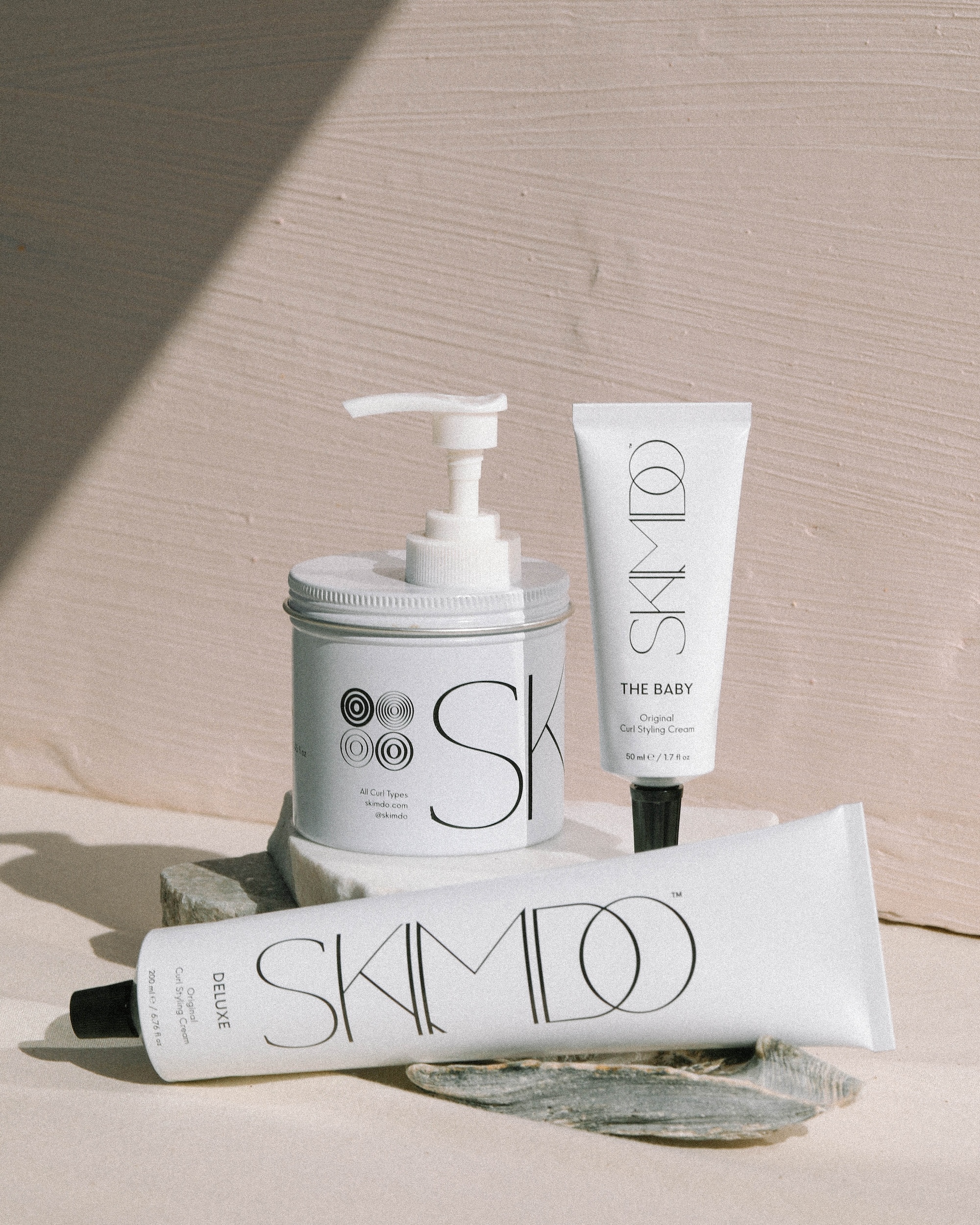
What has been your primary marketing strategy?
My primary strategy has been very guerrilla. I put myself in places where I can talk to people and show myself off and people always will ask about my hair. I really connect through that and then I say, ‘Hey, lemme send you something.’I also support other people and what they do, and I find that when I integrate that way, I get to talk about my brand and meet the people that I feel would really enjoy it and see if they’re into trying it.
Originally what I would do, which worked much better in the very beginning days of Instagram and prior to Instagram, is I would just contact people cold and say, hi, I made this really awesome product and you might love it, and if you want to try it, let me know. I never ever had any pressure for them to talk about it. I think that was key.
Word of mouth has been incredible. Stylists talk about it between them and they share information. They need their work to look really good in print and on video. A lot of stylists are sponsored by brands that they have to be seen using, but they’ll use whatever it takes to get the results that they want. I’ve been very lucky that Skimdo’s been a part of a lot of really cool, connected stylists’ kits and I get to get that straight feedback and then whoever they’ve used it on loves it too and will inevitably be buying it. It’s a chain reaction in guerrilla marketing.
What’s your distribution like?
My distribution strategy is I only sell to independent women owned stores or salons. One of the missing pieces between a product being on a shelf and in someone’s home is they might not know how to use it. Not everyone can read the back of a box, however detailed the instruction, and actually achieve something. Often, good products get left behind because people just don’t know how to use it for their hair.
A reason I really love to sell in salons is that they will show you when they do your hair and you will know how to do it, and they are there for you. That is key in helping people feel good about themselves. And that’s a key to less waste. If you know how to use something and you like it, you’re going to use it. If you buy something and you don’t know how to use it, you’re going to throw it away or give it away or leave it behind.
My product is a great price point for a salon. Someone’s having a $200 session, throw in a $27 Big Baby Skimdo, no problem. Sephora was interested at one point, but it’s really important that the right people get my product to the right people.
Why didn’t you feel like Sephora was good fit?
At the time, around 10 years ago, Sephora didn’t sell any products for textured hair. They were looking for the right fit, visually matched with the right price-point. Skimdo fit the bill with it being aesthetically different at the time and a luxury brand, but not a lot of people know that you need a decent chunk of capital to integrate with a behemoth like Sephora. I was a very new, self-funded brand, and after some meetings, my business manager told me I couldn’t afford to be stocked at Sephora based on the contractual obligations I would have to be liable for at that time. Good fit, wrong timing.
Looking ahead, are there any future goals that you have for the brand?
What I’ve been thinking of lately is, if I started Skimdo now, what would I do differently? And I think that’s a really important exercise that solopreneurs should do. I’ve been doing this for around 10 years and it’s been pretty simple compared to other people’s situation. I have one hero product. It does many, many things. It set the tone for that side of this sector really. Now, there’s a bunch of minimal brands and that’s great, but what I want to do going forward with Skimdo, I want to really work on the brain. I’m going to be looking more into how the brain works and how that will work for us in self-acceptance of our natural identity.
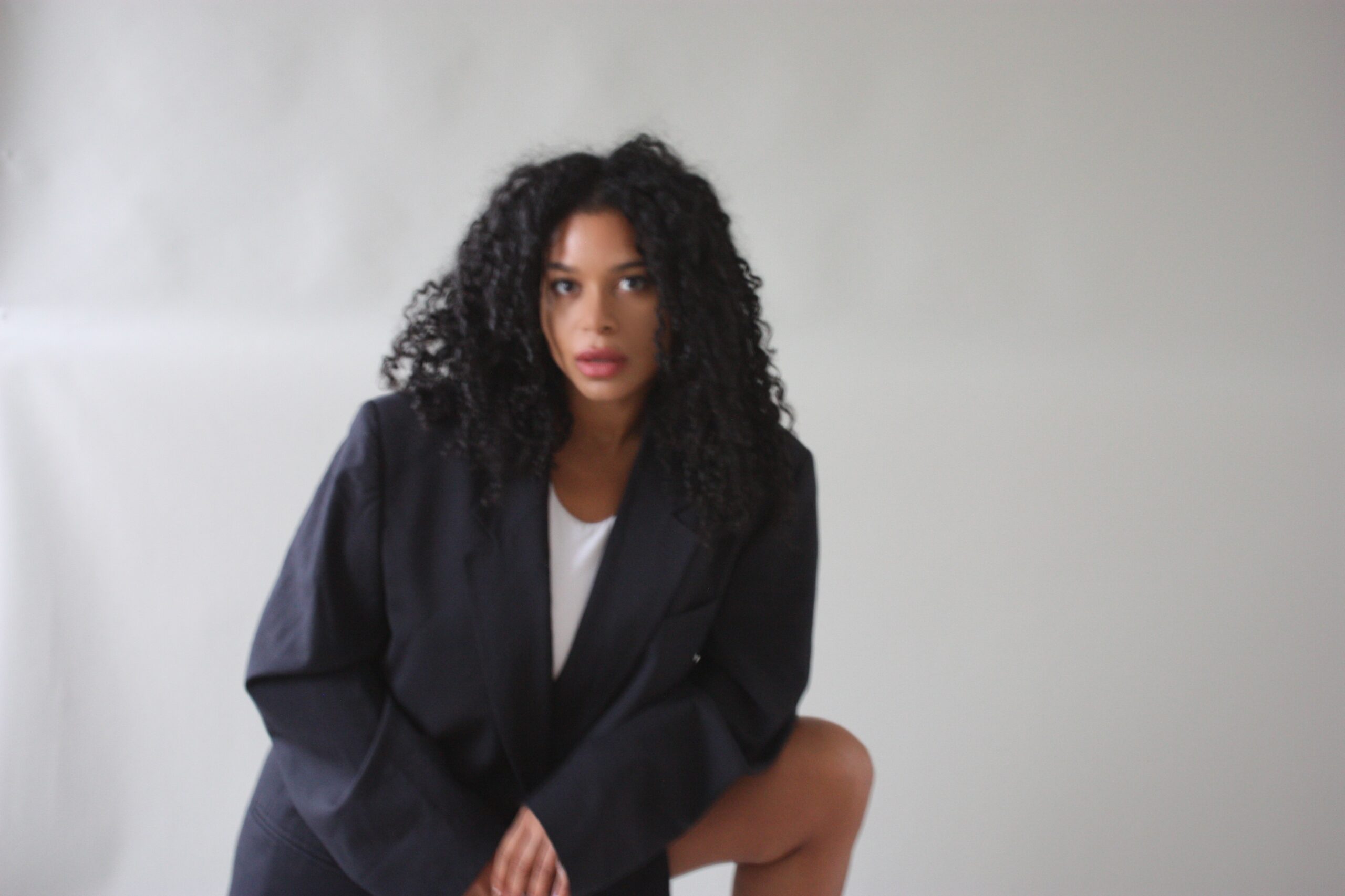
Will you add more products to your lineup?
I have more products, I just don’t know which and when to release. I test products out for a really long time. I give them to friends. I see what happens with the ingredients in the world. Am I getting into something that’s going to be endangered soon? You’ve got to be really careful now when you make a product that you are not using resources that are harming other people, not just in a toxic way, in an agricultural way. That’s really been the barrier to me releasing anything else.
But other products may not be a topical product. It may not be something you’d pump or wipe or squeeze. Currently, there’s an oil and a perfume that I’ve been working on that I think actually should be fine to be released. Watch out for those because those are being refined at the moment in terms of getting it perfect in case it’s time to drop them.
You offer free samples and discounted Skimdo products on your website. How did you come to that decision?
We are sensitive to how the economic climate affects people—especially POC, those with disabilities and Indigenous folx. Although Original Cream is priced well for a quality and long-lasting styling product, we know that it’s hard for some to part with even $15 to try something for the first time. We also understand the sheer amount of waste that occurs when people buy full sizes of an incompatible product. We are conscious of consumer behavior, so we offer deluxe samples in reusable containers for free so our customers make the conscious decision to purchase full size Skimdo if it works for them.
“Conscious Consumption for a Sexier Future” is one of our taglines. We also sell damaged packaging SKIMDO at a discount to reduce waste while creating an access point for those with less income. We call those ‘Sculptures’ since our packaging is aluminum and dents fairly easily. We resonate with the poetry of the Wabi-Sabi philosophy, the beauty of imperfections, which fits extremely well with our overall manifesto of re-programming how our customers view their hair texture. Textured hair is never the same two days in a row, but Skimdo will ensure your hair works as a team all week.
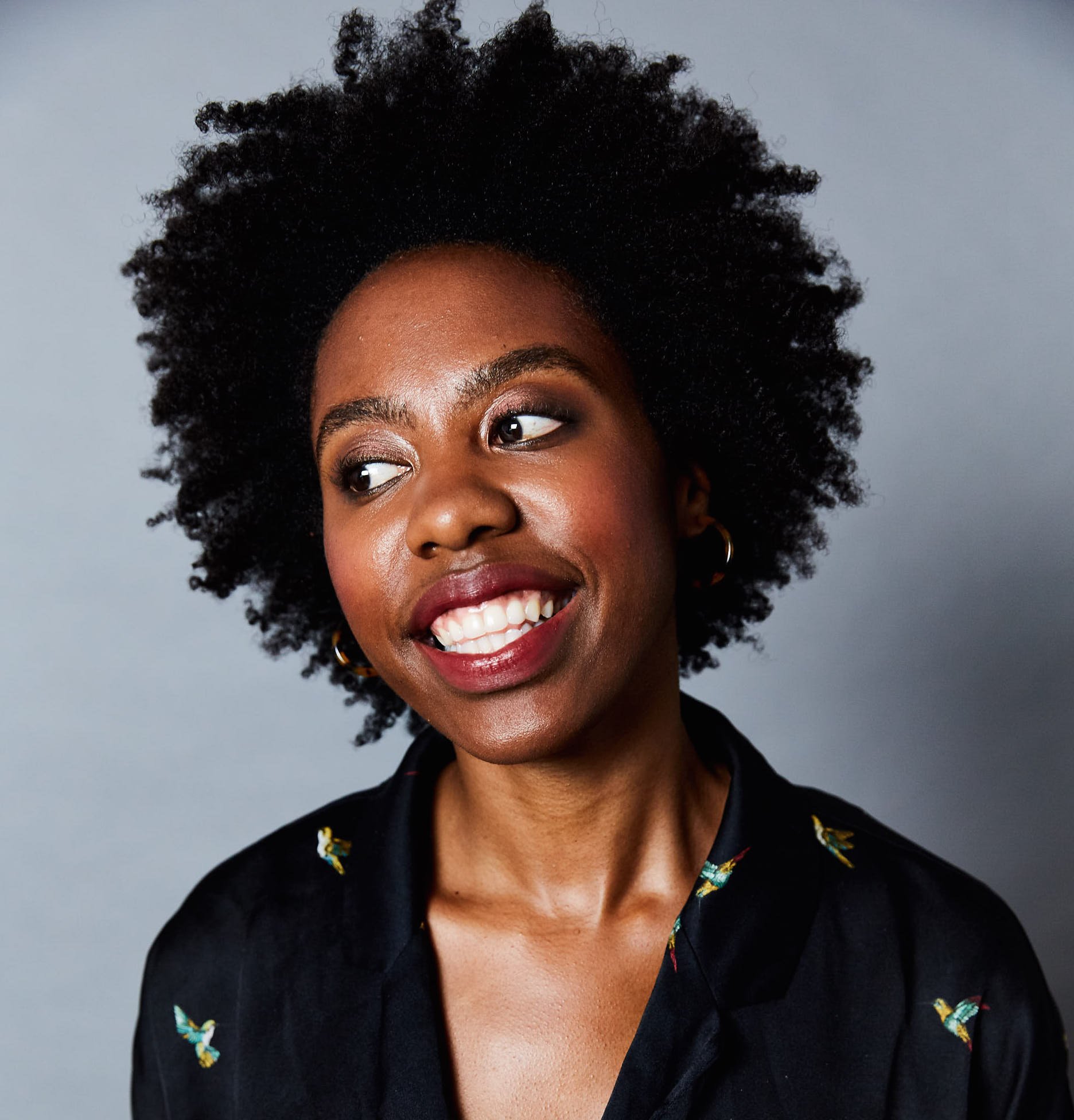
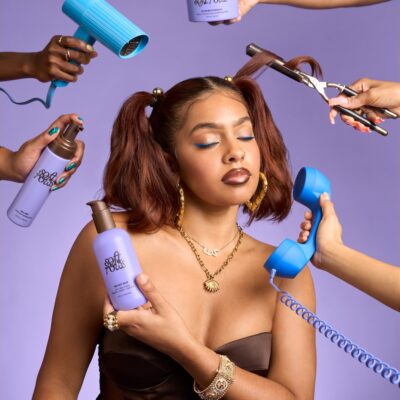
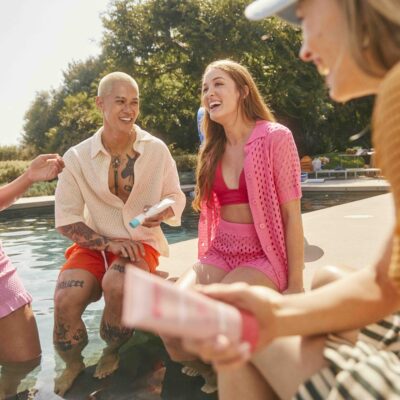
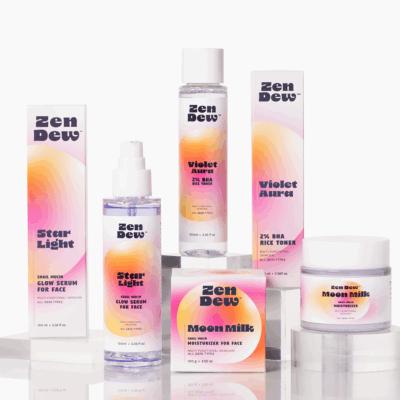

Leave a Reply
You must be logged in to post a comment.